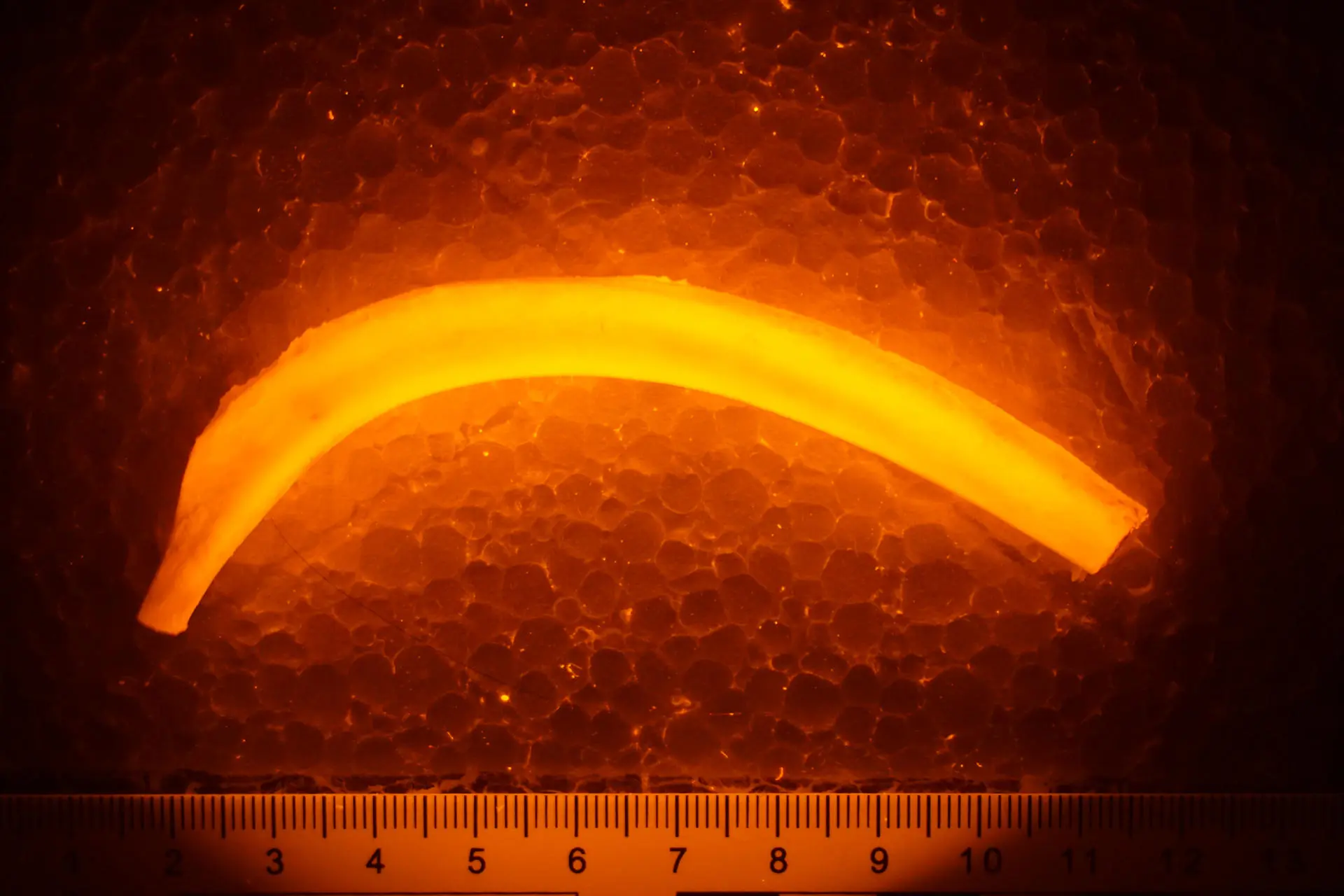This helps to reveal evidence not readily seen by the naked eye, such as fingerprints, fibres, and semen. ALS are easy to use and non-destructive, consequently preserving the evidence for documentation and future analysis. What is less known is that bone also responds to ALS due to its natural organic composition producing high levels of fluorescence.
Current PhD work conducted by Catherine Maidment and supervised by Prof Anna Williams explores the use of Alternative Light Sources (ALS) to identify skeletal remains underwater and on land, using a unique method of bespoke computer software; the “Osteo-Fluorescence Calculator” (OFC), and thermal analysis to investigate the relationship between bone composition and the exhibited fluorescence, as well as investigating the impact of the deposition environment on bone structure and subsequent fluorescence. These results will form the basis of a standardised protocol to assist investigators and laboratory practitioners when assessing possible bone at crime scenes, mass disaster scenarios, archaeological investigations, and in the laboratory.


